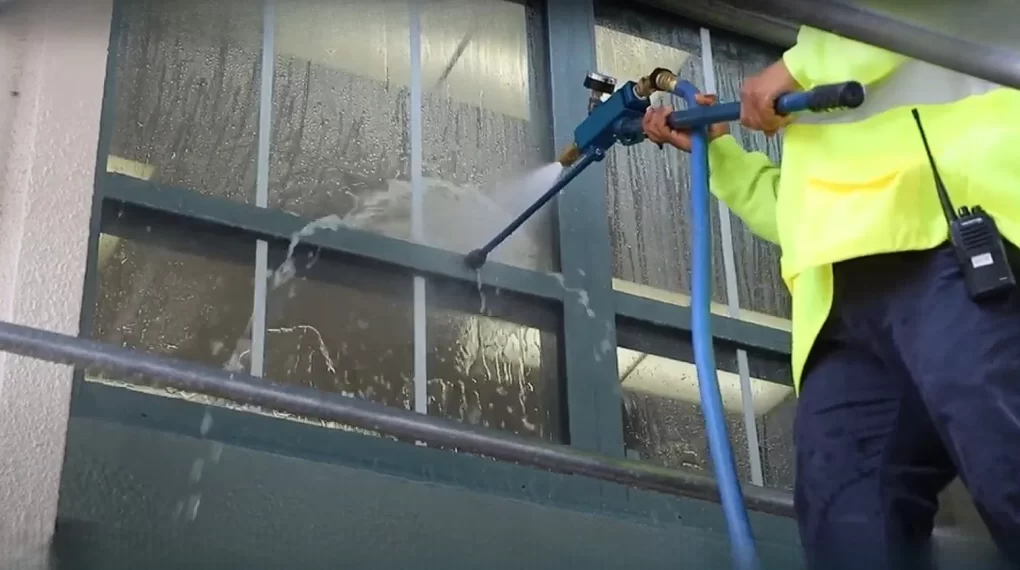The Crucial Role of Air Infiltration Testing for Façade Systems

Façade systems are the faces of modern architecture, providing both structural support and aesthetic appeal to buildings. However, these sophisticated structures need more than just a pretty exterior; they require robust testing to ensure they perform optimally. In this article, we’ll delve into the importance of air infiltration testing for facade systems, exploring why building envelope testing is a vital aspect of architectural quality assurance.
1. Preserving Indoor Comfort
Façade Systems: Guarding Against Unwanted Drafts
Facade solutions testing, such as air infiltration testing, ensures the performance, efficiency, and longevity of modern architectural structures, delivering a range of benefits from indoor comfort to energy savings and structural integrity. Air infiltration testing plays a pivotal role in maintaining indoor comfort. Even minor gaps or leaks in façade systems can lead to drafts, causing discomfort for occupants. By identifying and sealing these gaps through testing, you can create a more comfortable indoor environment.
2. Energy Efficiency
Building Envelope Testing: The Path to Savings
One of the most significant benefits of air infiltration testing is its impact on energy efficiency. Façade systems with leaks or gaps can result in heat loss during the winter and heat gain during the summer. This inefficiency forces HVAC systems to work harder, driving up energy bills. Proper testing and sealing can significantly reduce energy consumption and costs.
3. Moisture and Water Intrusion
Air Infiltration Testing Benefits: Keeping Moisture at Bay
Façade systems are the first line of defence against moisture infiltration. Air infiltration testing helps identify potential weak points where water can penetrate. Preventing water intrusion is essential to avoid structural damage, mould growth, and costly repairs.
4. Structural Integrity
Façade Testing: Ensuring Longevity
Air infiltration testing can also contribute to the structural integrity of façade systems. Leaks and drafts can weaken structural elements over time, compromising the longevity of the entire system. Identifying and addressing these issues early through testing can extend the life of the façade.
5. Health and Indoor Air Quality
Benefits of Façade Testing: Enhancing Occupant Well-being
Air leaks in façade systems can introduce outdoor pollutants and allergens into indoor spaces, potentially affecting occupant health. Proper air infiltration testing ensures that indoor air quality remains high, promoting well-being.
6. Regulatory Compliance
Building Codes and Façade Testing: Meeting Standards
Many building codes and regulations mandate air infiltration testing for façade systems to ensure safety and performance standards are met. Compliance with these standards is essential for project approval and occupancy permits.
Conclusion
Air infiltration testing for façade systems is not merely a formality; it’s a critical aspect of ensuring the performance, efficiency, and longevity of modern architectural structures. From preserving indoor comfort to enhancing energy efficiency and structural integrity, the benefits of façade testing are far-reaching. By investing in proper testing and promptly addressing any identified issues, architects, builders, and property owners can create buildings that stand the test of time while promoting occupant well-being and environmental responsibility.